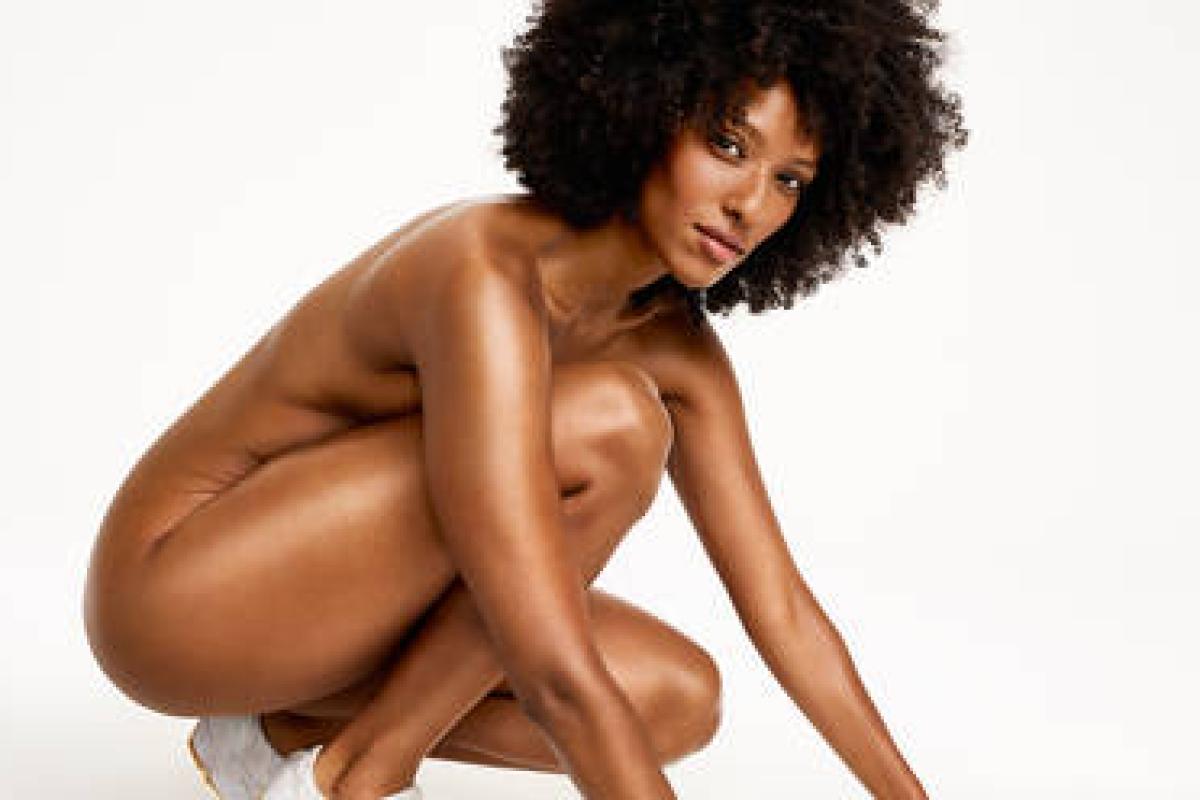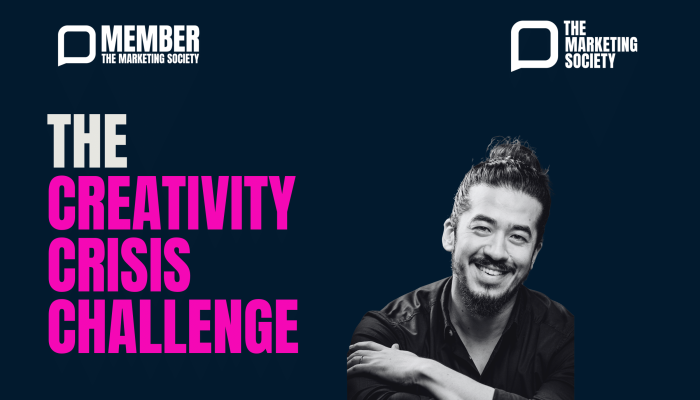The French government has taken a bold stance to enforce transparency in photography. As of October 1st, all commercial photos of models that have been digitally altered (to make the body parts of the model appear thinner or larger) must carry the warning “photographie retouchée,” or “retouched photograph.”
Now, any photographs of models in France that appear to have unnaturally perfect or just plain unrealistic body proportions will be instantly clear whether or not they have been altered.
Those advertisers who don’t carry the warning on their retouched images will be fined up to €37,500, or 30% of advertising costs.
As Snapchat and Instagram have democratized the use of filters, anyone today can appear to have flawless skin, perfect lighting and even a floral crown.
However, airbrushed models can give viewers, particularly young girls and boys, unrealistic expectations of what the human body should look like. “It is necessary to act on body image in society to avoid the promotion of inaccessible beauty ideals and prevent anorexia among young people,” former French health minister Marisol Touraine told Le Parisien.


Though France is the first country to legislate a Photoshop disclosure, similar steps have been taken in other areas of the industry. On October 1st, Getty Images announced that it would ban stock images that had been Photoshopped to make a model look “thinner or larger,” following the French law. And French fashion powerhouses LVMH and Kering both this fall pledged to ban size zero models from campaigns.
Transparency is not the only way brands are promoting body positivity, as many continue to embrace more diversity in models and spokespeople. Last month, ASOS launched its “Go Play” campaign for Face + Body, which featured models of all sizes, ethnicities and genders. These products, with reasonable prices, can and should be used by a range of people regardless of what they look like. According to ASOS, the products are about embracing the whole individual: “We believe your face and body are a canvas, an adventure in individual self-expression, and an opportunity to experiment and play.”


Glossier’s Body Hero Duo is another recent launch with a diverse campaign. These ads feature not only women of various ethnicities and body shapes but also former WNBA star Swin Cash showing off her baby bump. Showing real bodies in various positions can help to normalize accurate conceptions of the female body.
New York Fashion Week’s Spring 2018 was the most diverse season ever according to Fashion Spot’s Diversity Report. Models with different body shapes and genders, including transgender and non-binary models and diverse ethnicities and ages, were all shown strutting down the catwalk. More than ever, consumers want to see models which represent them and how they will look if they were to embrace that style for their own.
Transparency and diversity inclusion go hand in hand to combat unrealistic expectations of how our bodies are meant to look. Companies must adopt policies and practices which showcase the variety of people who wear or use their products. Consumers will embrace brands which feature models who look like them or espouse their values.
This article originally appeared on jwtintelligence.com



